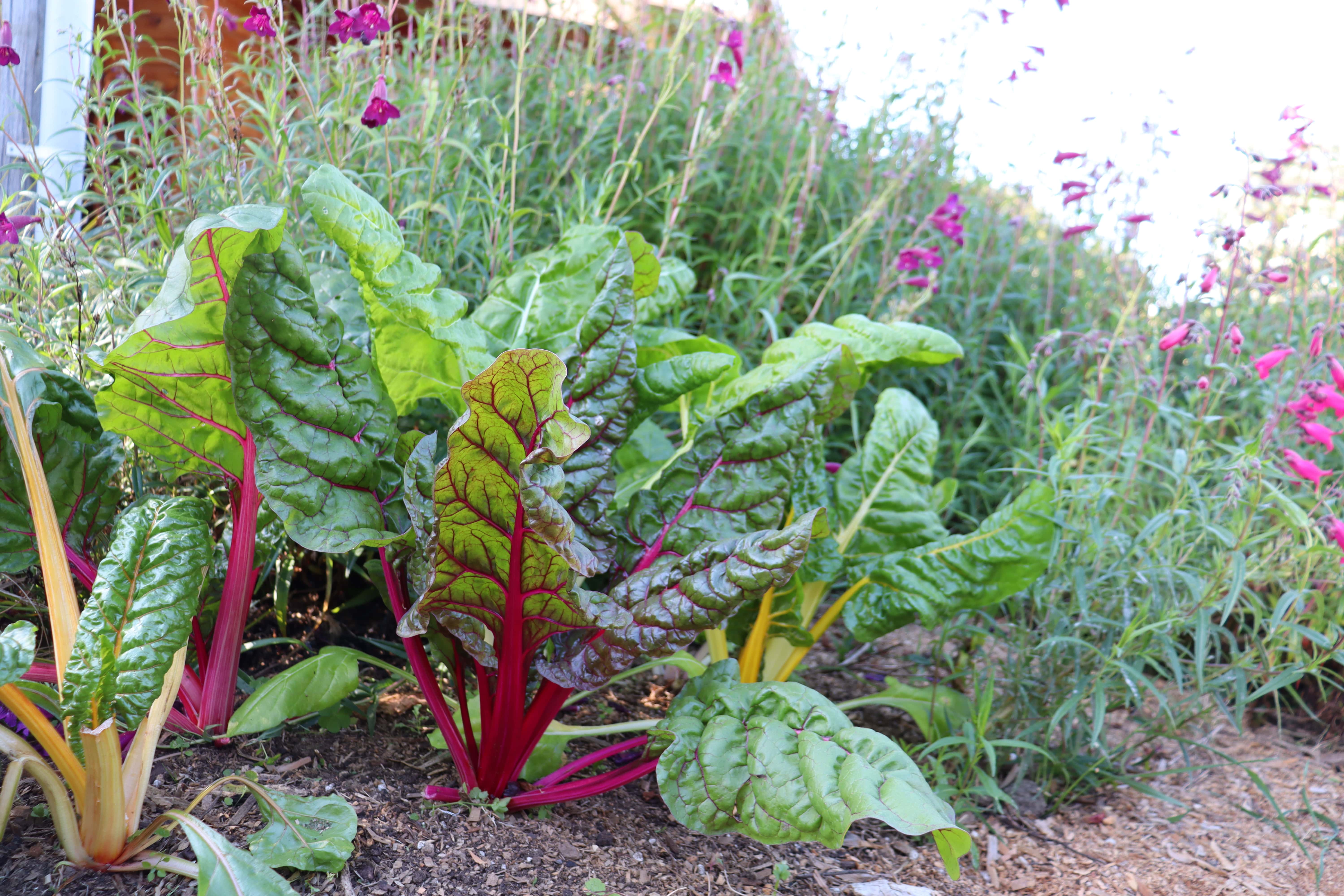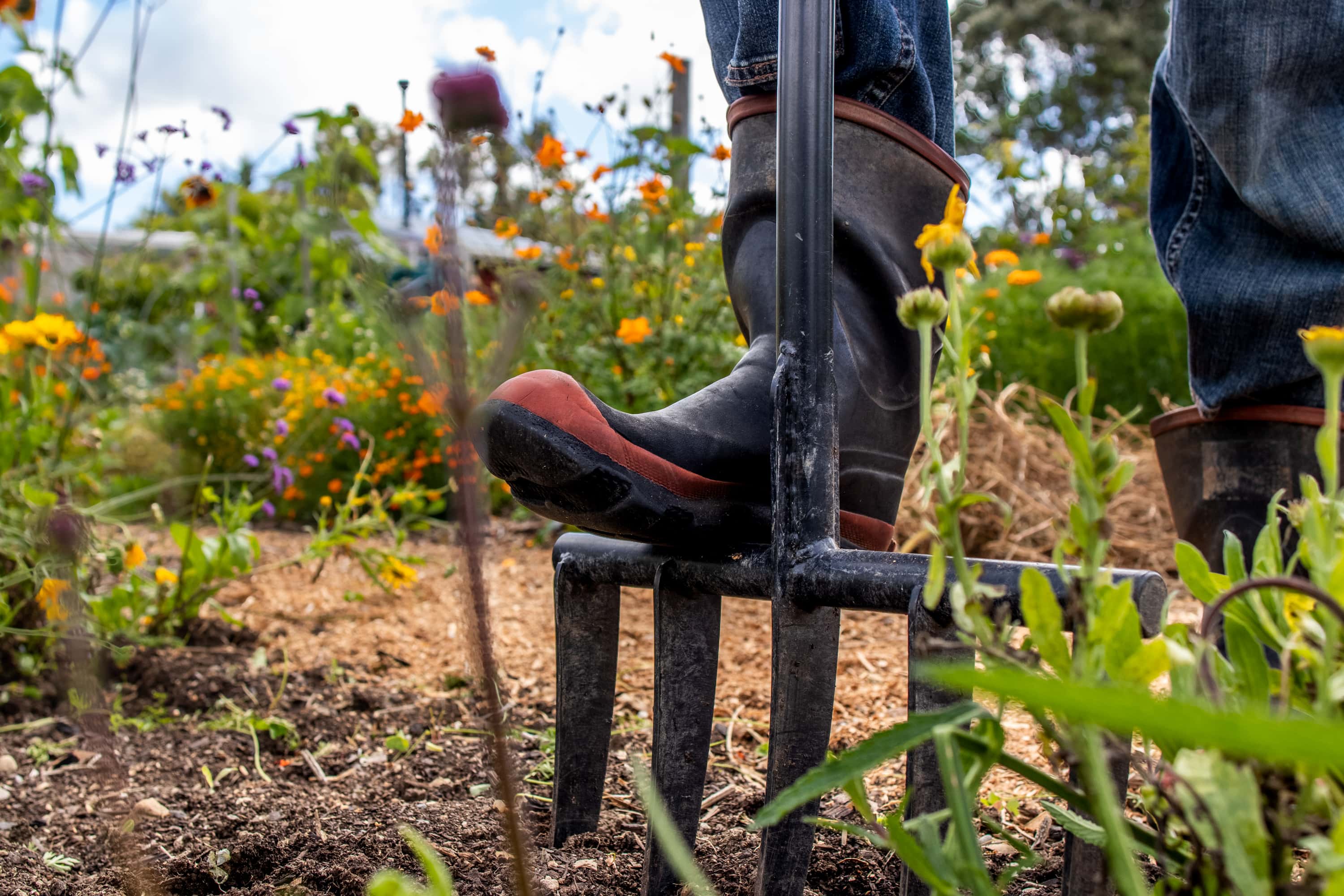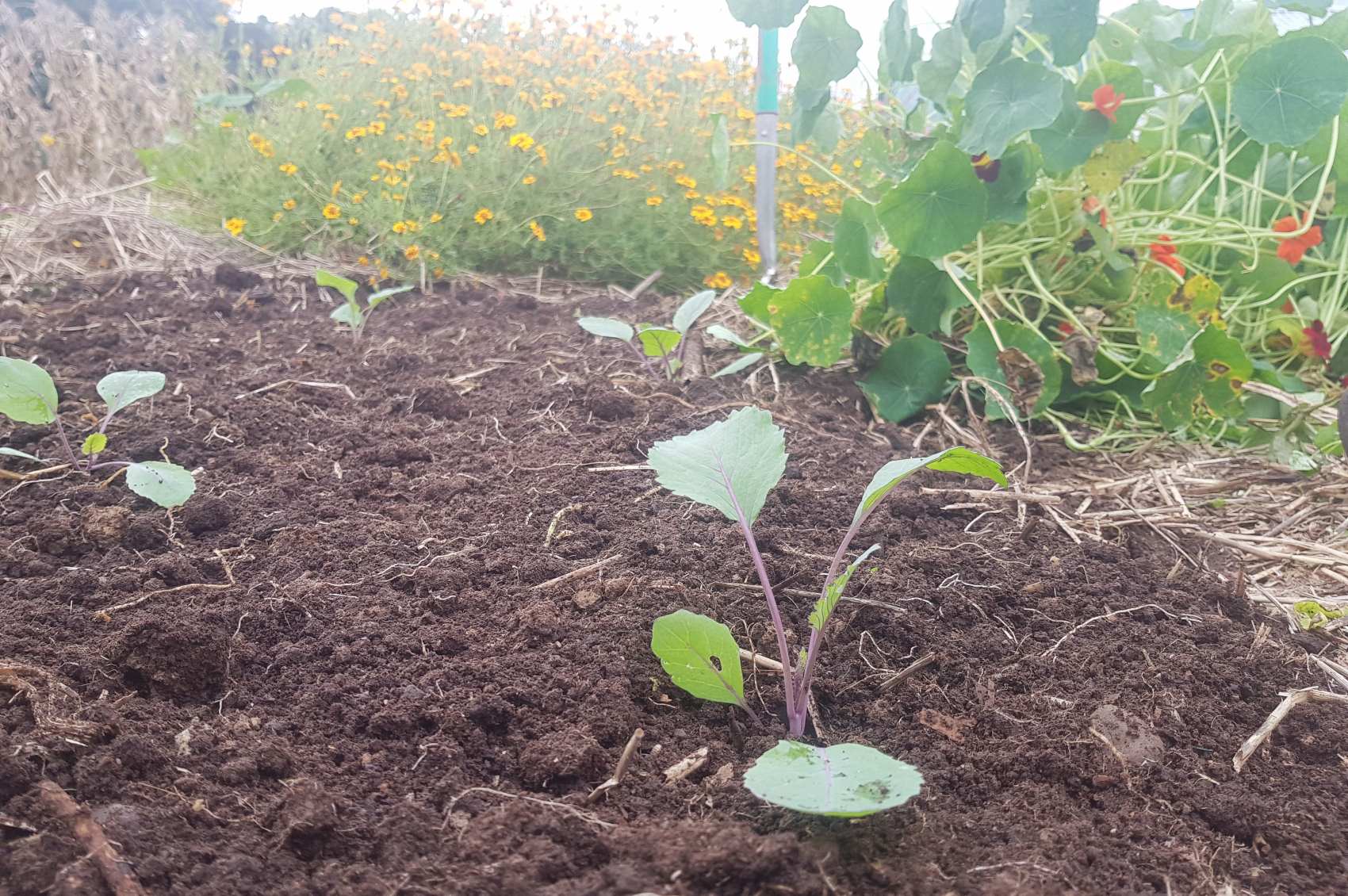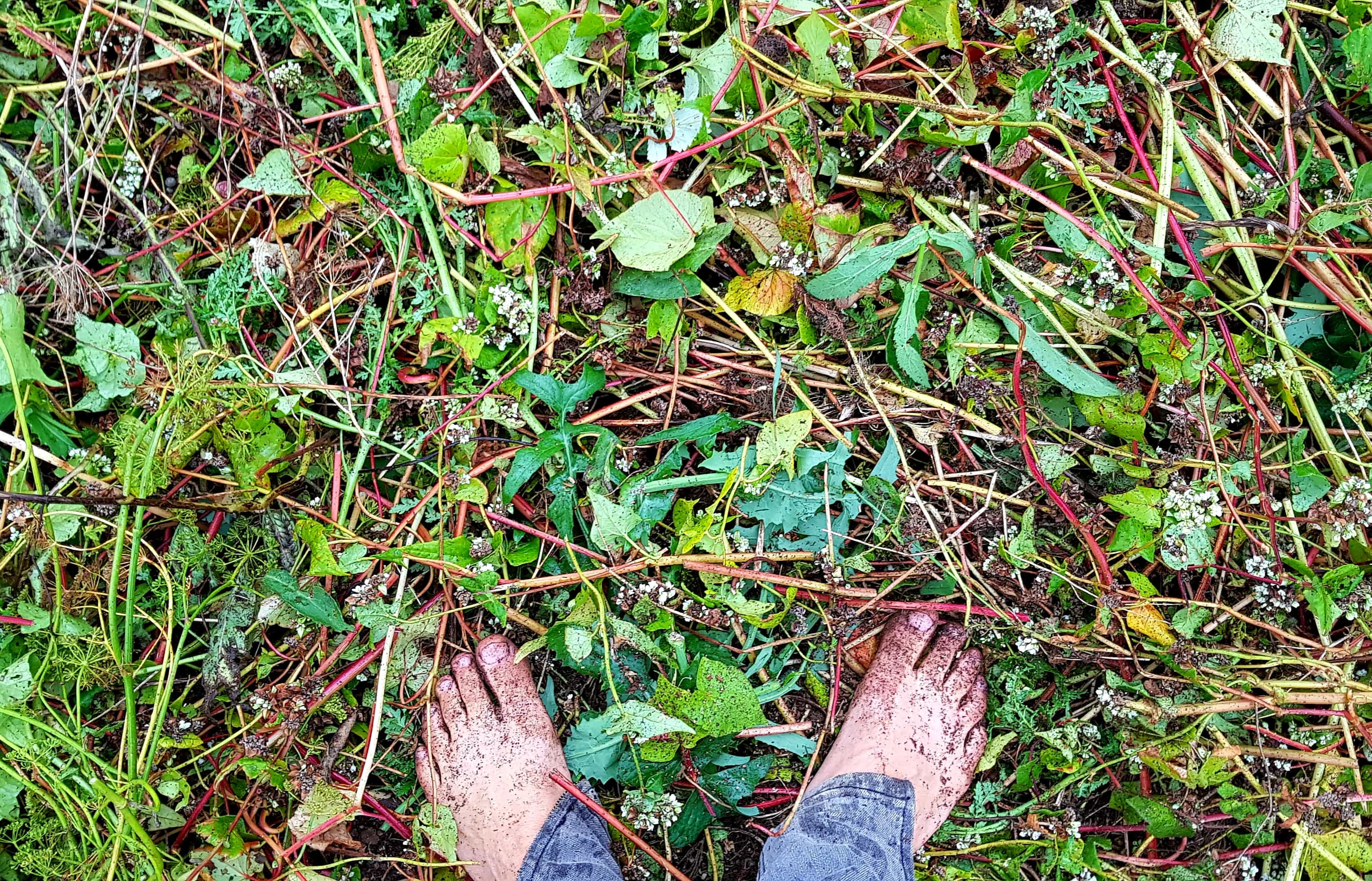Soil Preps for Heavy Feeder Crops


Heavy feeders are called heavy feeders because they are hungrier than light feeders. It's not that they need piles of fertiliser, what they need, is just enough... steady, not boom and bust.
Overfeeding is, long term, perhaps worse than under feeding. Today is all about how much, is enough.
Check your soil first

Always start here. With your DIY mini soil test. It's quick, and eliminates guessing.
If the soil in the vegie patch turns out below par, then step outside the vegie patch! Never mind if it means dotting vegies all over the place. The most important thing is to plant heavy feeders in the best soil, and to keep planting food.
If no good soil presents itself, grow in buckets/containers while you rebuild your garden beds by making a free range compost pile on them, or by greencropping them.
Aerate clay

If your soil is impenetrable heavy clay you’d do well to aerate it first. If you cant push your hand into it, your seedlings wont be able to spread their roots either. And besides, soil needs air - lots of air pockets throughout, in order to perform at her best.
Aerating literally breathes life into your soil - what a difference to plant vigor! With the air comes the life, and eventually, the life builds to a point that it takes over the job of aerating. Until then, you're up.
- Start at one edge, slide in your garden fork (or this super cool forksta), as far as it will go
- Pull it back towards you, to crack and slightly lifting the soil.
- Slide the fork out and continue along in a pattern that keeps your feet off the opened soil.
Spread compost

Homemade compost is what your soil needs, whether on clay or sand or somewhere in between. If you feel your soil needs extra because its pure sand or poorly drained clay, mix in vermicastings.
Spread a fine layer, ideally across the whole bed.
- If you don't have enough, mix it with vermicastings, cheats compost or a good bought compost.
- Still not enough? Sow a living mulch of mixed greencrops (include a nitrogen fixer), in between your seedlings.
- If your soil is heavy clay/ poorly drained make ridges or mounds of compost.
Pre soak seedlings, pre soak the soil + plant

Prep the seedlings by dipping the tray in water. You can, if you have it, add a weak amount of seaweed or comfrey or worm wees to the water.
Prep the soil by watering it until its properly moist. Then in the same way you zhushed up your seedling soak, you can zhush up your garden bed: use whatever biological or biology enhancing brew you have: seaweed, EM, raw milk, molasses, activated compost tea... to saturate the soil.
If your soil needs extra, because it's heavy clay or sandy, work in a handful of vermicastings beside each seedling.
Mulch

Mulch seals the deal. 2 ways:
- With a quick garden whip around. Chop up old crops, deadhead, trim herbs or fine twig shrubs + add in whatever other partially decomposed carbonaceous organic matter (hay, wood chip, leaves), you have to hand. Mix all these bits and pieces together and spread them on. You cannot buy this kind of goodness.
- Or sow a living mulch of low growing companions + greencrops at the base of your seedlings.
One isn't better than the other, a mixture of both is the best.
Boost your plants along
If cold is imminent, boost your plants along with a weekly biological brew or something similar. Biology slows right down as soils drift below 10°C, and comes to a stop in single digits. Once that happens, your hardy, little plants are on their own.
